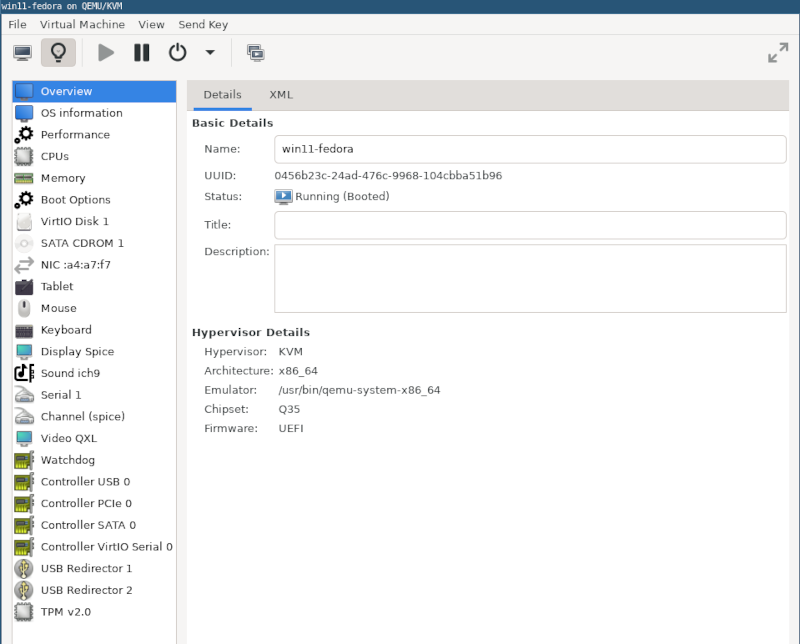Introduction to Hypervisor
A hypervisor enables the creation and management of virtual machines (VMs) on a physical host.
What is a KVM Hypervisor?
KVM (Kernel-based Virtual Machine) is a Linux kernel module that allows Linux to function as a hypervisor.
KVM turns a Linux machine into a type-1 hypervisor, enabling the host to run multiple VMs.
QEMU and its Role
QEMU is an open-source emulator and virtualizer used with KVM for hardware emulation.
It provides the necessary virtualization extensions to run different guest operating systems.
Virt-Manager for Virtual Machine Management
Virt-Manager is a graphical interface for managing KVM, offering easy VM configuration and monitoring.
It simplifies VM creation, configuration, and network setup with an intuitive interface.
KVM Hypervisor Requirements
- A Linux-based host operating system (e.g., Fedora, Ubuntu, or Arch Linux).
- A processor with hardware virtualization extensions (Intel VT-x or AMD-V).
- At least 4 GB of RAM for smooth VM operation, more for demanding workloads.
- QEMU and Libvirt for KVM integration, enabling virtual machine creation and management.
Virt-Manager Requirements
- Linux-based OS with KVM and QEMU installed.
- GTK+ toolkit for graphical display (provided by most Linux distributions).
- Adequate permissions to access virtualization services, such as Libvirt.
Introduction to SPICE
SPICE (Simple Protocol for Independent Computing Environments) enhances virtual machine interaction with improved graphics and input.
What is SPICE Used For?
SPICE enables better display performance, clipboard sharing, and seamless device redirection between host and VM. Similar to Virtualbox Guest Additions.
SPICE Features
- High-quality graphics and smooth display rendering for virtual machines.
- Clipboard sharing between the host and virtual machines.
- USB redirection to use host devices in virtual machines.
Requirements for SPICE
- A KVM hypervisor with QEMU virtualization for running virtual machines.
- SPICE-enabled virtual machine configurations using tools like Virt-Manager.
What to Install on the Host for SPICE
- QEMU with SPICE support installed on the host machine.
- “spice-vdagent” for clipboard and device sharing in guest systems.
- Virt-Manager for easy SPICE configuration in virtual machines.
Click here… to see my post on installing a Hypervisor

